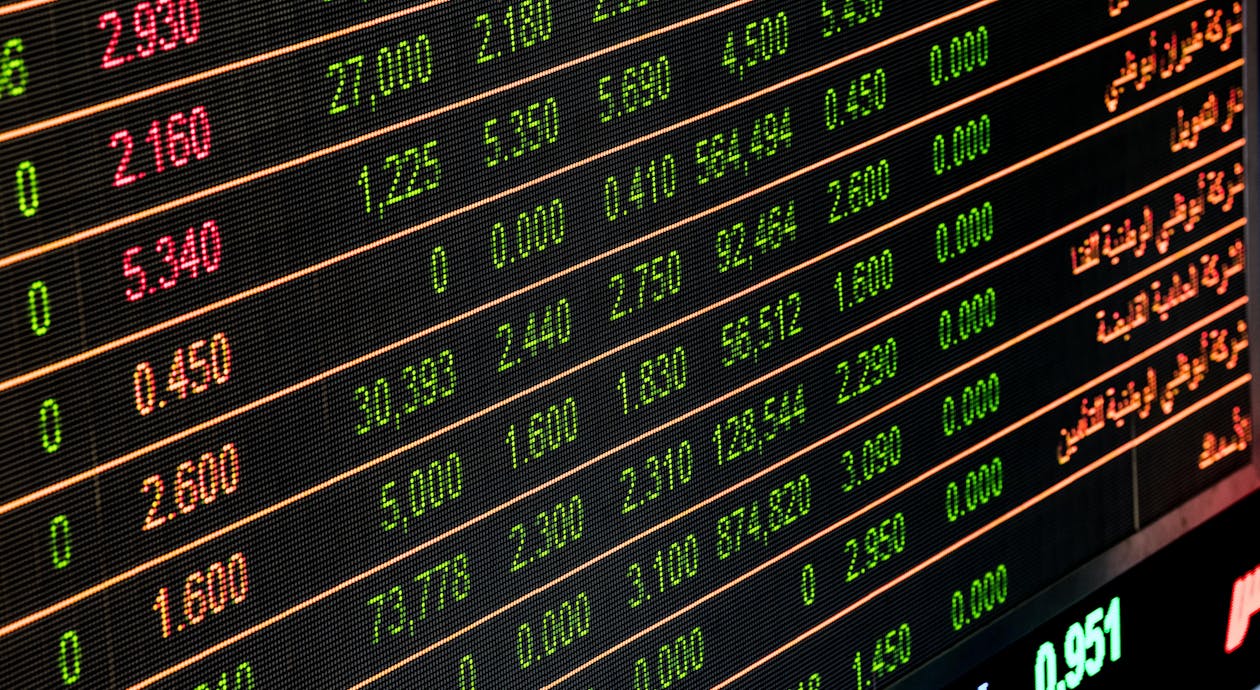Understanding Algorithmic Trading Vs Quantitative Trading
Author: ChatGPT
February 28, 2023
Introduction
Algorithmic trading and quantitative trading are two of the most popular methods of trading in the financial markets. Both involve the use of computer algorithms to make decisions about when to buy and sell securities. While they share some similarities, there are also some key differences between them that traders should be aware of.
Algorithmic trading is a type of automated trading that uses computer algorithms to make decisions about when to buy and sell securities. The algorithms used in algorithmic trading are designed to identify patterns in the market and execute trades based on those patterns. Algorithmic traders typically use technical indicators such as moving averages, Bollinger bands, and relative strength index (RSI) to identify potential entry and exit points for trades. Algorithmic traders may also use more sophisticated techniques such as artificial intelligence (AI) or machine learning (ML) to identify patterns in the market.
Quantitative trading is a type of automated trading that uses mathematical models and statistical analysis to make decisions about when to buy and sell securities. Quantitative traders typically use fundamental analysis, which involves analyzing financial statements such as balance sheets, income statements, and cash flow statements, as well as macroeconomic data such as GDP growth rates or inflation rates, to identify potential entry and exit points for trades. Quantitative traders may also use more sophisticated techniques such as artificial intelligence (AI) or machine learning (ML) to identify patterns in the market.

Advantages & Disadvantages of Algorithmic Trading vs Quantitative Trading
Algorithmic trading has several advantages over quantitative trading. One advantage is that algorithmic traders can react quickly to changes in the market since their algorithms can be programmed with specific rules for entering and exiting trades. This allows them to take advantage of short-term price movements that may not be visible on longer time frames. Additionally, algorithmic traders can backtest their strategies on historical data before deploying them live in the markets, which helps reduce risk by ensuring that their strategies are profitable over time.
However, algorithmic trading also has some disadvantages compared with quantitative trading. One disadvantage is that it requires significant capital investment since it requires specialized software and hardware for running complex algorithms at high speeds. Additionally, algorithmic strategies can be difficult to develop since they require a deep understanding of technical indicators and market dynamics in order for them to be effective over time. Finally, algorithmic strategies can become obsolete quickly due to changing market conditions or new technologies being developed by other traders or firms.
Quantitative trading has several advantages over algorithmic trading as well. One advantage is that it does not require significant capital investment since it relies primarily on fundamental analysis rather than complex algorithms running at high speeds. Additionally, quantitative strategies tend to have longer shelf lives since they are based on macroeconomic data which tends not change quickly over time like technical indicators do. Finally, quantitative strategies tend to be easier for novice traders or investors who don’t have a deep understanding of technical indicators or market dynamics since they rely primarily on fundamental analysis rather than complex algorithms running at high speeds like algorithmic strategies do
However, quantitative trading also has some disadvantages compared with algorithmic trading as well . One disadvantage is that it tends not react quickly enough due its reliance on macroeconomic data which tends not change quickly over time like technical indicators do . Additionally , quantitative strategies tend require more research than algorithmic strategies since they rely heavily on fundamental analysis rather than complex algorithms running at high speeds . Finally , quantitative strategies tend be less profitable than algorithmic strategies due their reliance on macroeconomic data which tends not move quickly enough capture short-term price movements .

Conclusion
In conclusion , both algorithmic trading and quantitative trading have their own advantages and disadvantages depending on what type trader you are . Algorithmic traders tend benefit from quick reaction times due their reliance on technical indicators while quantitative traders tend benefit from longer shelf lives due their reliance on macroeconomic data . Ultimately , it’s up each individual trader decide which method best suits their needs .

How Long Does It Take To Sell Stock And Get Money?
Discover the answer to one of the most frequently asked questions in the world of finance - learn how long it takes to sell stock and receive your earnings.

What Are High Dividend Stocks?
Discover how investing in high dividend stocks can potentially provide a steady income stream and increase your long-term returns in the stock market.

Are Data Science And Machine Learning The Same?
Data science is a field of study that focuses on extracting insights from large amounts of data. It involves using various techniques such as machine learning, natural language processing, statistics, and data mining to analyze data sets and uncover patterns or trends.

Are Remarkable Tablets Worth It?
Are you looking for a device that can replace your notebooks and printed documents? If so, you may have heard of the reMarkable 2 tablet.
